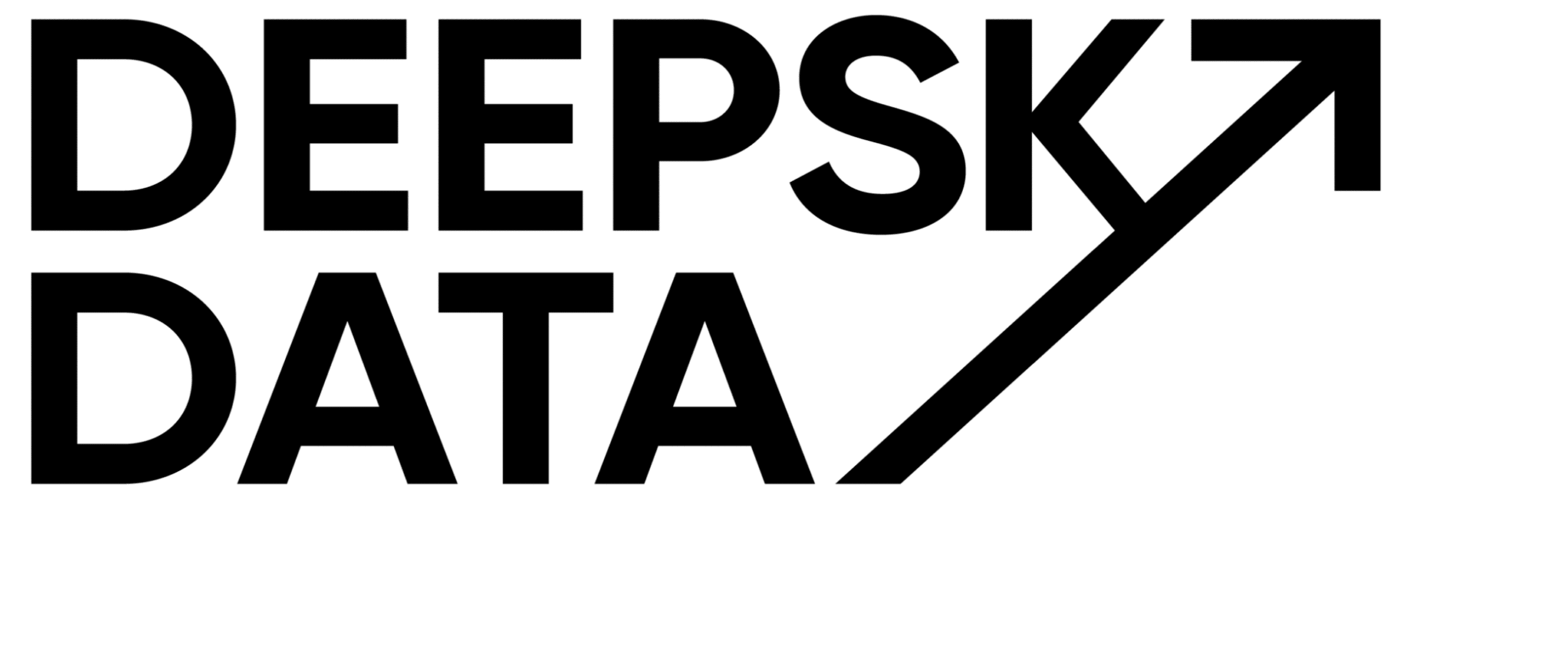Everything Segment does, explained in 15 Minutes
Dear Data-Traveller, please note that this is a LinkedIn-Remix.
I posted this content already on LinkedIn in October 2022, but I want to make sure it doesn’t get lost in the social network abyss.
For your accessibility-experience and also for our own content backup, we repost the original text here.
Have a look, leave a like if you like it, and join the conversation in the comments if this sparks a thought!
Screenshot with Comments:

Plain Text:
If there is someone out there who can explain what Segment does in one sentence, please step forward.
And no, Segment is not really a classic customer data platform.
It is something different.
But what is Segment?
In my new video, I try to explain it in 15m. And that was already pretty hard.
For me, Segment is a data collection layer. The one endpoint I can send all my event data to. The endpoint is where I can receive webhook events from third-party tools. And the platform that then passes the data on to multiple destinations.
And that is great. By that, you can make sure that different destinations receive similar kinds of data. No more discussions about why the Newsletter subscribed event is different in Google Analytics, Amplitude, and Hubspot.
And Segment also is one of the easiest ways to store raw event data into a database like Snowflake or BigQuery. Takes 15 minutes to set up.
And now let’s talk about the CDP part. Of course, as pointed out before Segment collects a lot of customer data from different systems. So it is a kind of customer data platform. But in comparison to classic ones, Segment does not include the activation layer (sending emails, pushes, running ads). Segment has customer data and allows you to create global segments and share them with all your marketing tools. It also helps you to stitch identities which is a complicated business. So it can be an important part of your customer data strategy.

